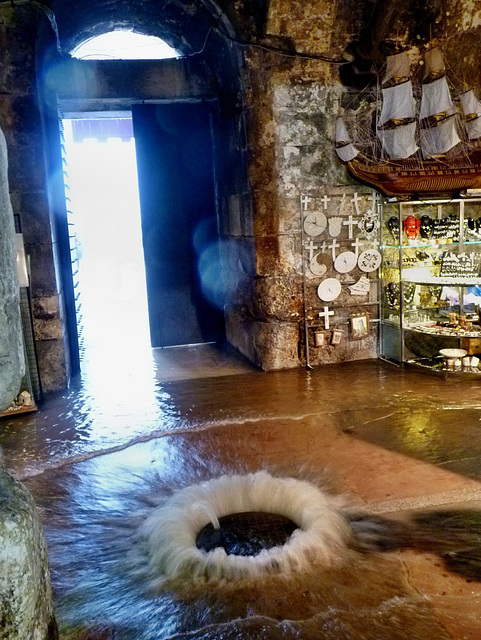Adria
Podgorka
Podgorka
Igrane
Dubrovnik - Franjo Tuđman Bridge
Dubrovnik - City Map
Dubrovnik
Dubrovnik - Stradun
Dubrovnik - Roland
Dubrovnik - Rector's Palace
Dubrovnik - Cathedral
Dubrovnik - St. Saviour
Dubrovnik - Santa Clara
Dubrovnik
Dubrovnik
Dubrovnik
Herford - Ukulele Orchestra of Great Britain
Hamburg - Harbour
Hamburg - Reeperbahn
Hamburg - Gruenspan
Hamburg - Tanzende Tuerme
Hamburg - Burger Lounge
Roma - St. Peter's Square
Split - Diocletian's Palace
Split - Temple of Jupiter
Split - Temple of Jupiter
Split - Temple of Jupiter
Split - Temple of Jupiter
Split - Temple of Jupiter
Split - Rain
Split
Split
Split - Cathedral of Saint Domnius
Split - Cathedral of Saint Domnius
Split - Cathedral of Saint Domnius
Split - Cathedral of Saint Domnius
Split - Cathedral of Saint Domnius
Split - Cathedral of Saint Domnius
Split - Cathedral of Saint Domnius
Split - Cathedral of Saint Domnius
Split - Cathedral of Saint Domnius
Split - Cathedral of Saint Domnius
Split - Cathedral of Saint Domnius
Split - Cathedral of Saint Domnius
Split - Cathedral of Saint Domnius
Location
Lat, Lng:
You can copy the above to your favourite mapping app.
Address: unknown
You can copy the above to your favourite mapping app.
Address: unknown
Keywords
Authorizations, license
-
Visible by: Everyone -
All rights reserved
-
249 visits
Split - Diocletian's Palace


Split, the largest city of Dalmatia, was (just like neighbouring Trogir) as the Greek colony in the 4th century BC. Roman emperor Diocletian had a palace built as a retirement residence near Salona, the capital of the Roman province of Dalmatia at that time.
After the Romans abandoned the site, the Palace remained empty for several centuries, but when Salona was sacked by Avars and Slavs in the 7th century, the walled Palace of Diocletian was settled by refugees from Salona.
Since the the palace has been occupied, with residents making their homes and businesses within the palace basement and directly in its walls. Today the remains of the palace form about half the old town and city center of Split.
In 1979 the historic center of Split was included into the UNESCO list of World Heritage Sites.
Beneath the palace are large cellars. Due to the immense downpour, the lower parts and subterranean tunnels were already flooded, when I entered. The higher parts house a kind of bazaar for the tourists. But when the gully turned into a fountain I left the cellars pretty fast.
After the Romans abandoned the site, the Palace remained empty for several centuries, but when Salona was sacked by Avars and Slavs in the 7th century, the walled Palace of Diocletian was settled by refugees from Salona.
Since the the palace has been occupied, with residents making their homes and businesses within the palace basement and directly in its walls. Today the remains of the palace form about half the old town and city center of Split.
In 1979 the historic center of Split was included into the UNESCO list of World Heritage Sites.
Beneath the palace are large cellars. Due to the immense downpour, the lower parts and subterranean tunnels were already flooded, when I entered. The higher parts house a kind of bazaar for the tourists. But when the gully turned into a fountain I left the cellars pretty fast.
Jan Klimczak has particularly liked this photo
- Keyboard shortcuts:
Jump to top
RSS feed- Latest comments - Subscribe to the comment feeds of this photo
- ipernity © 2007-2025
- Help & Contact
|
Club news
|
About ipernity
|
History |
ipernity Club & Prices |
Guide of good conduct
Donate | Group guidelines | Privacy policy | Terms of use | Statutes | In memoria -
Facebook
Twitter

Sign-in to write a comment.